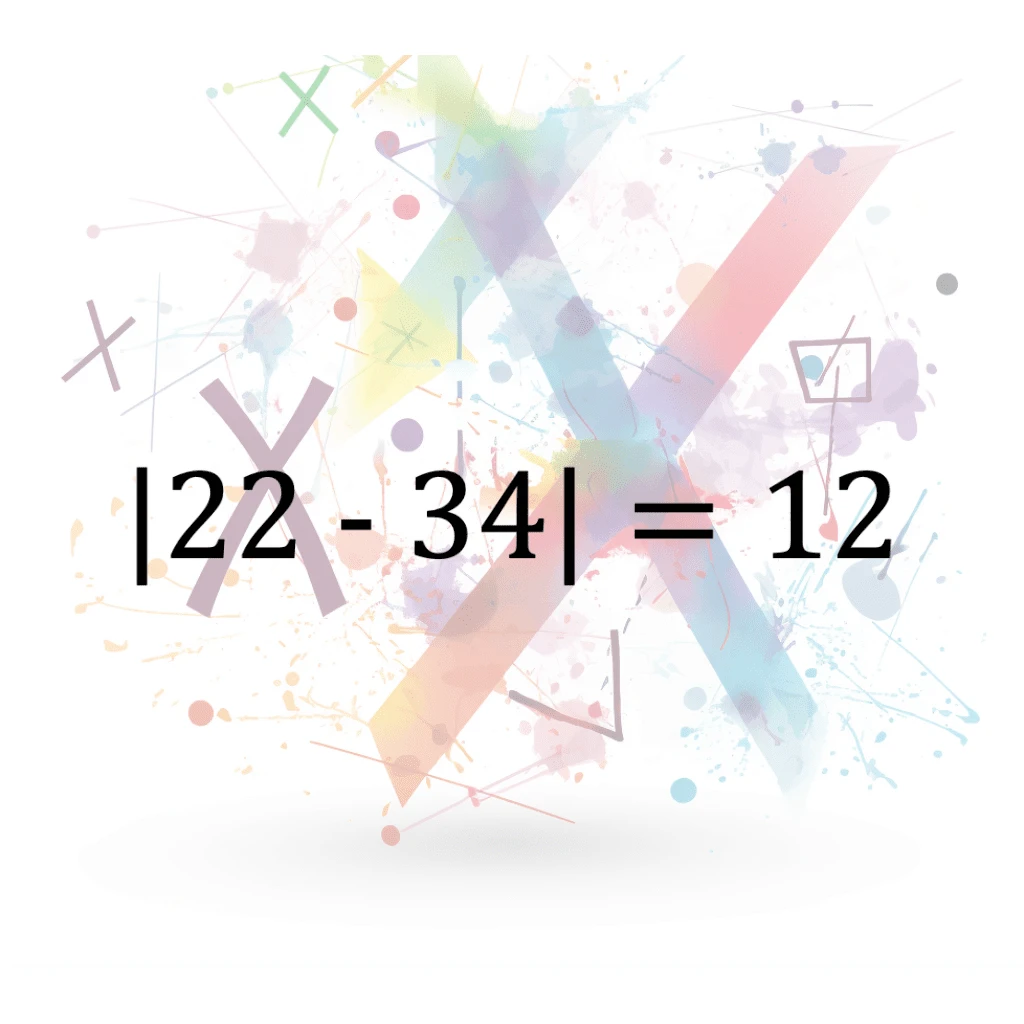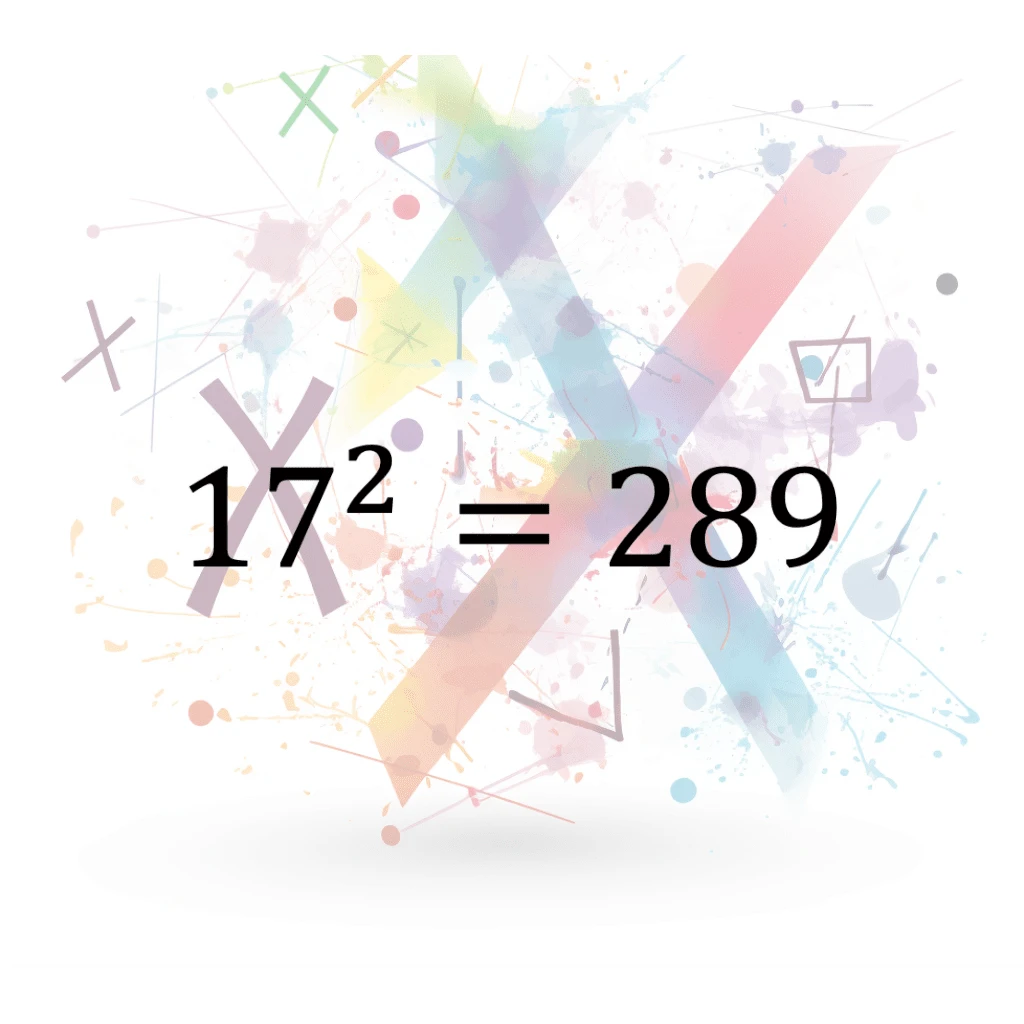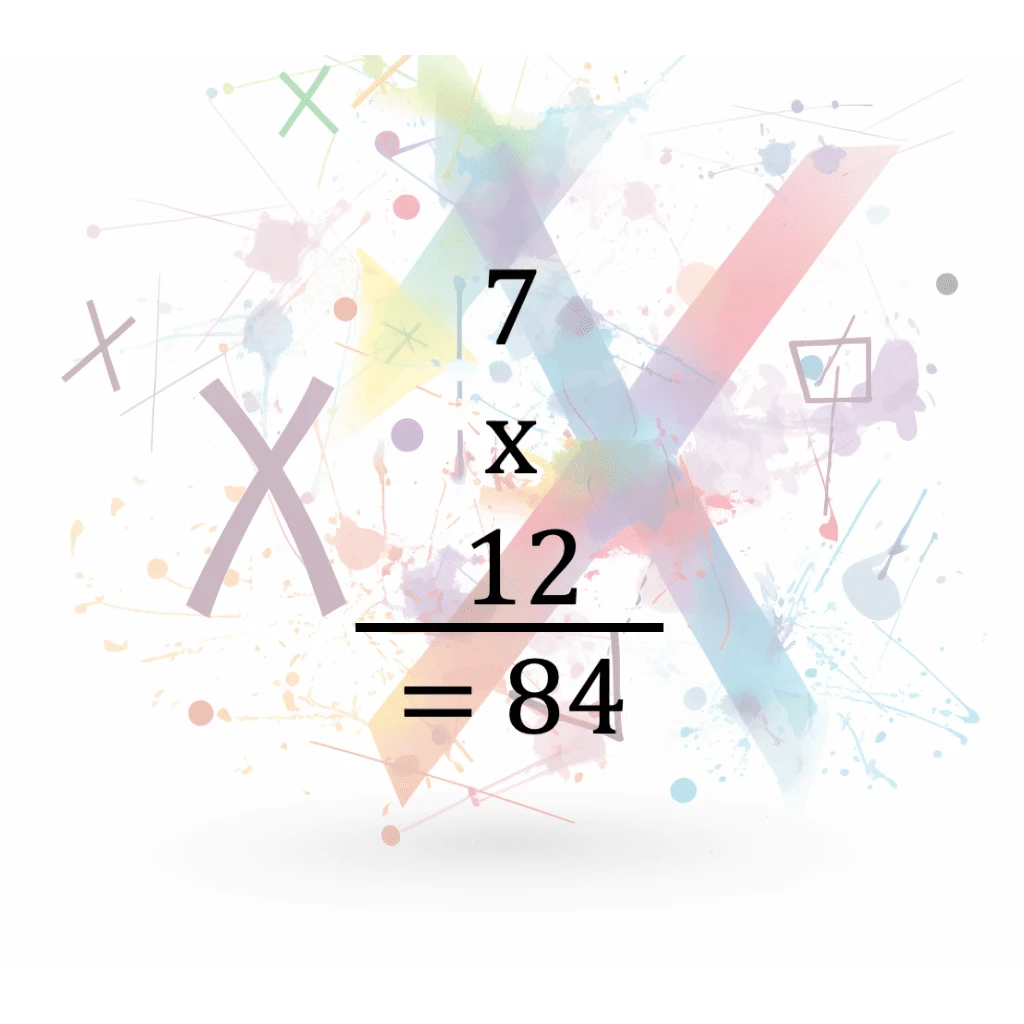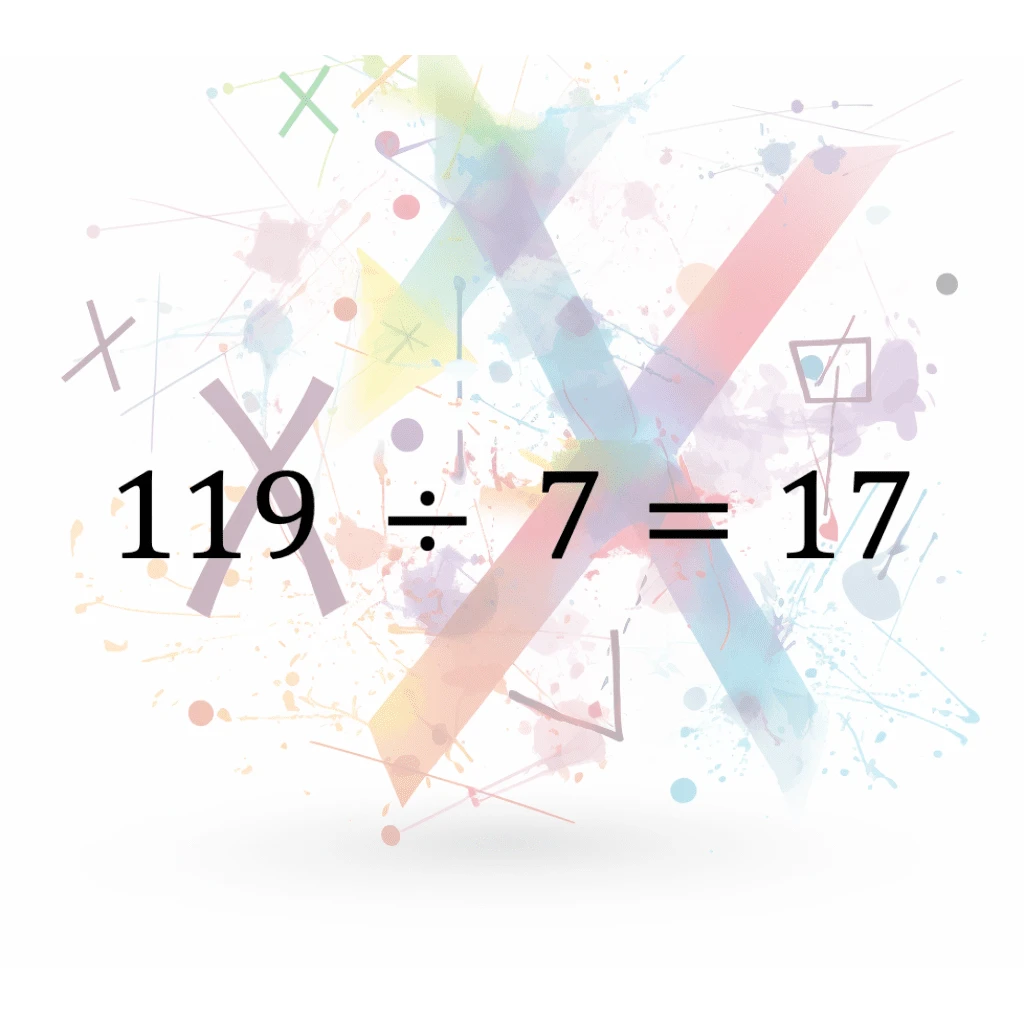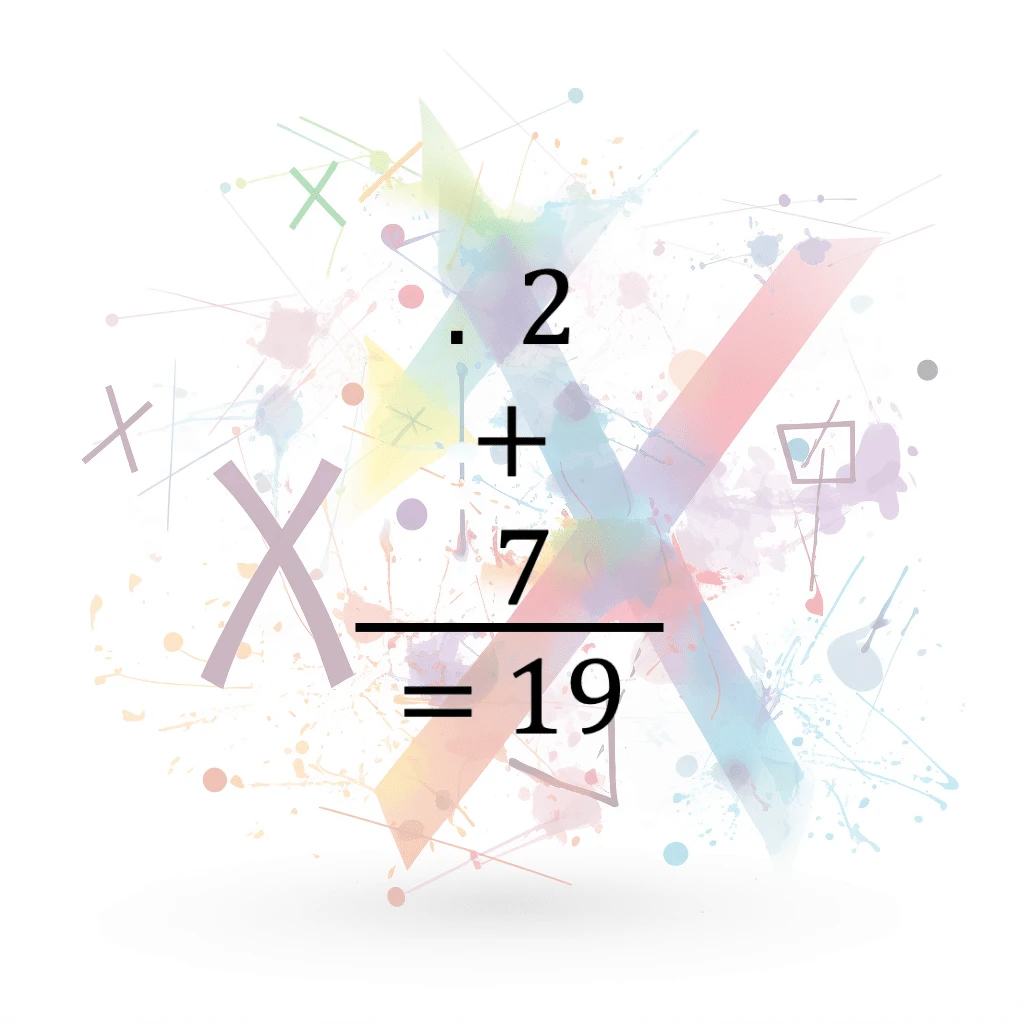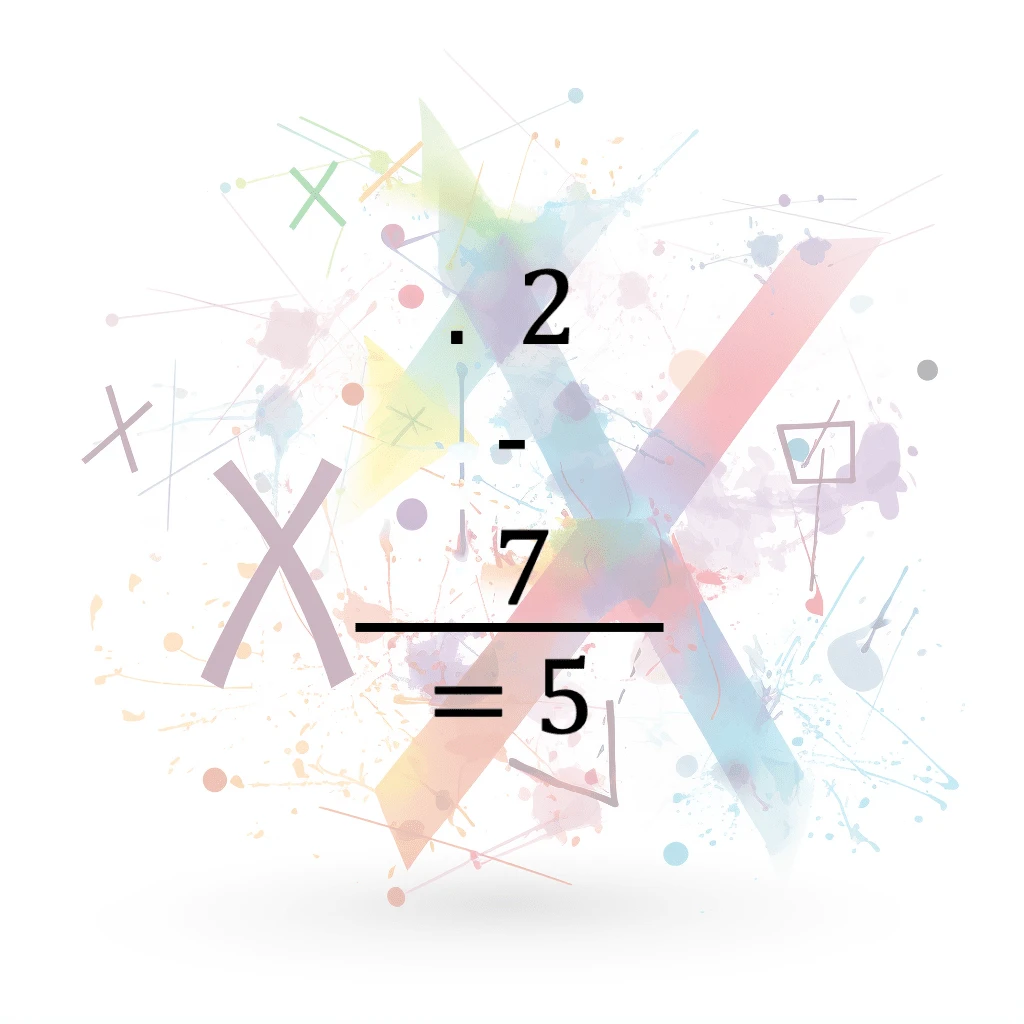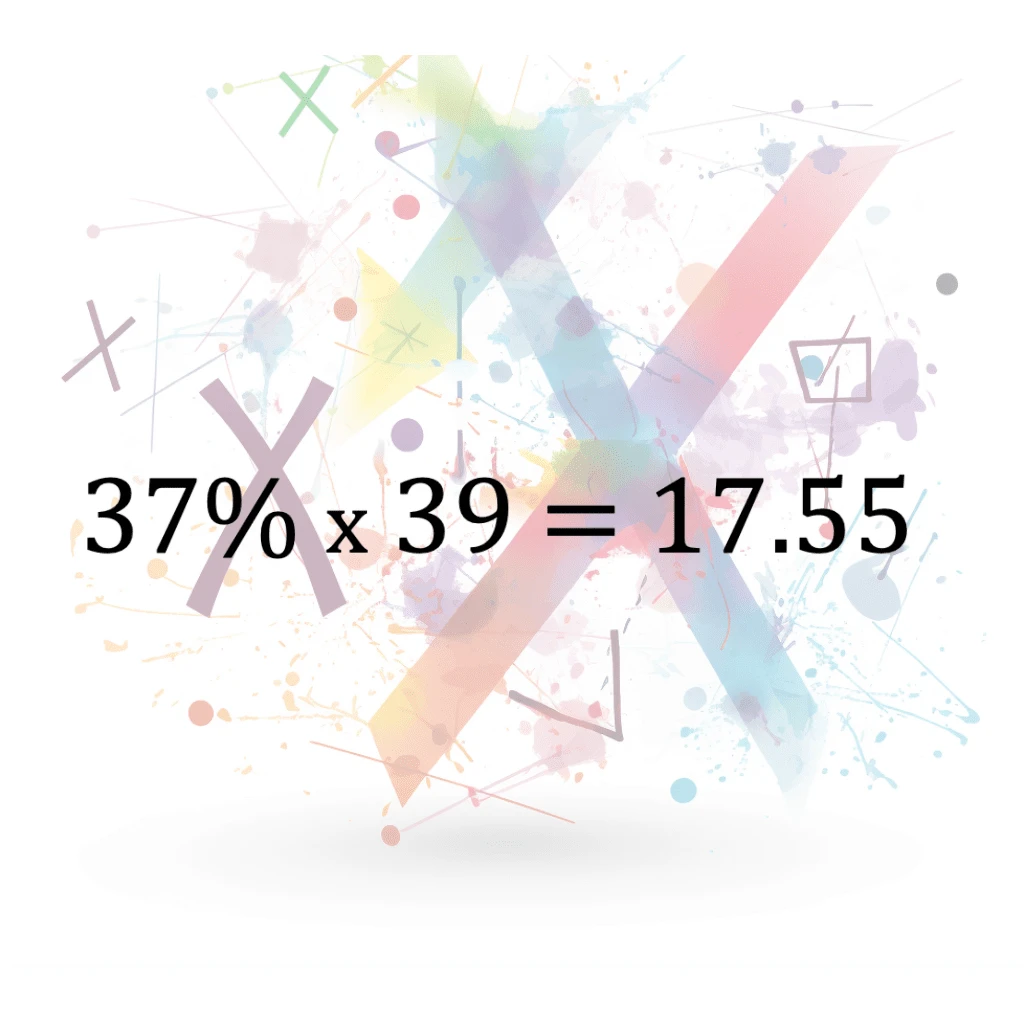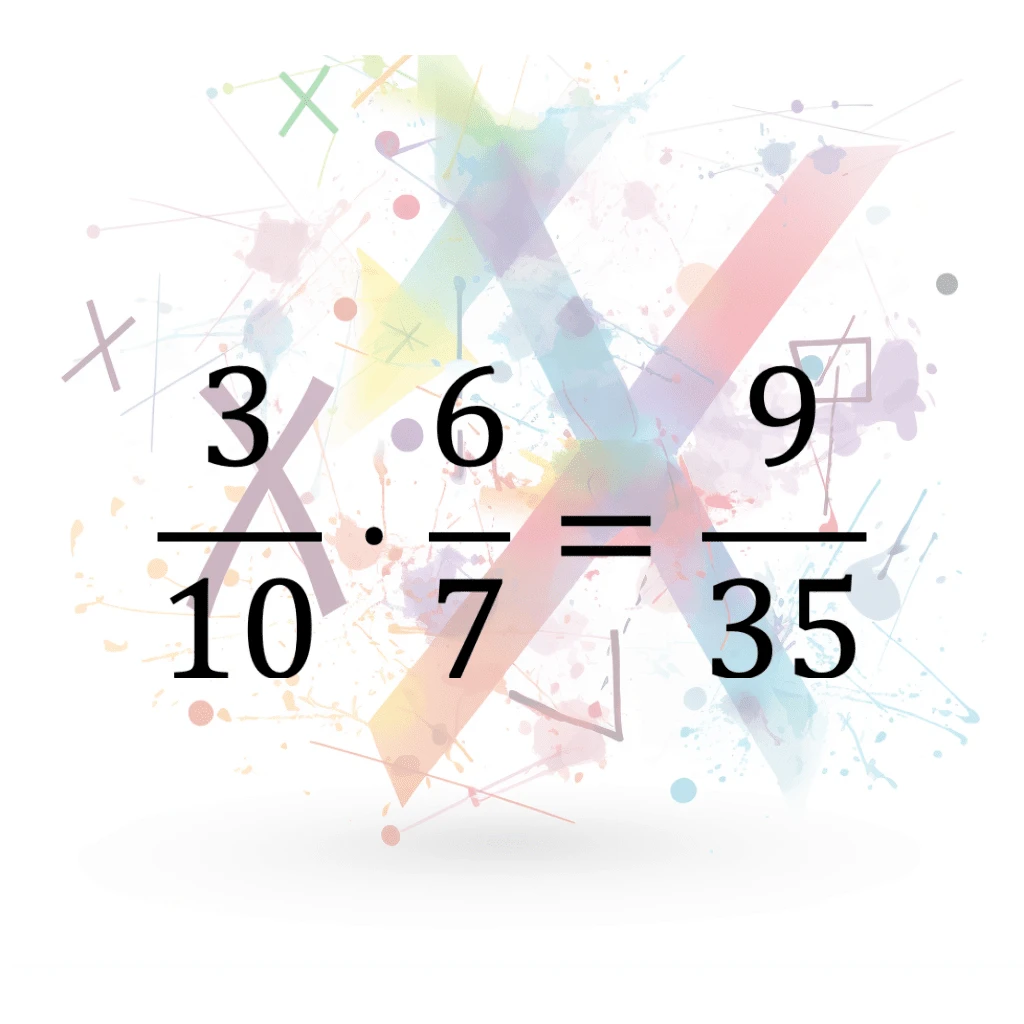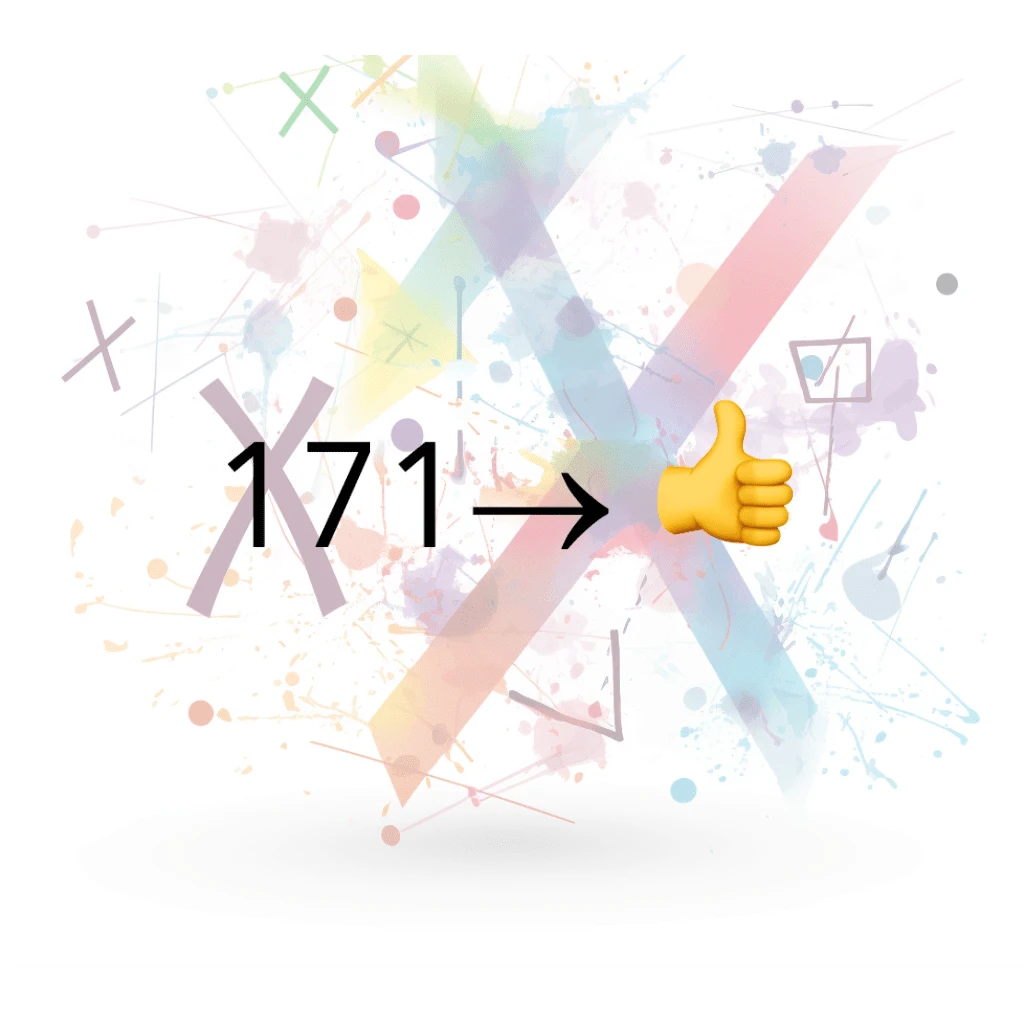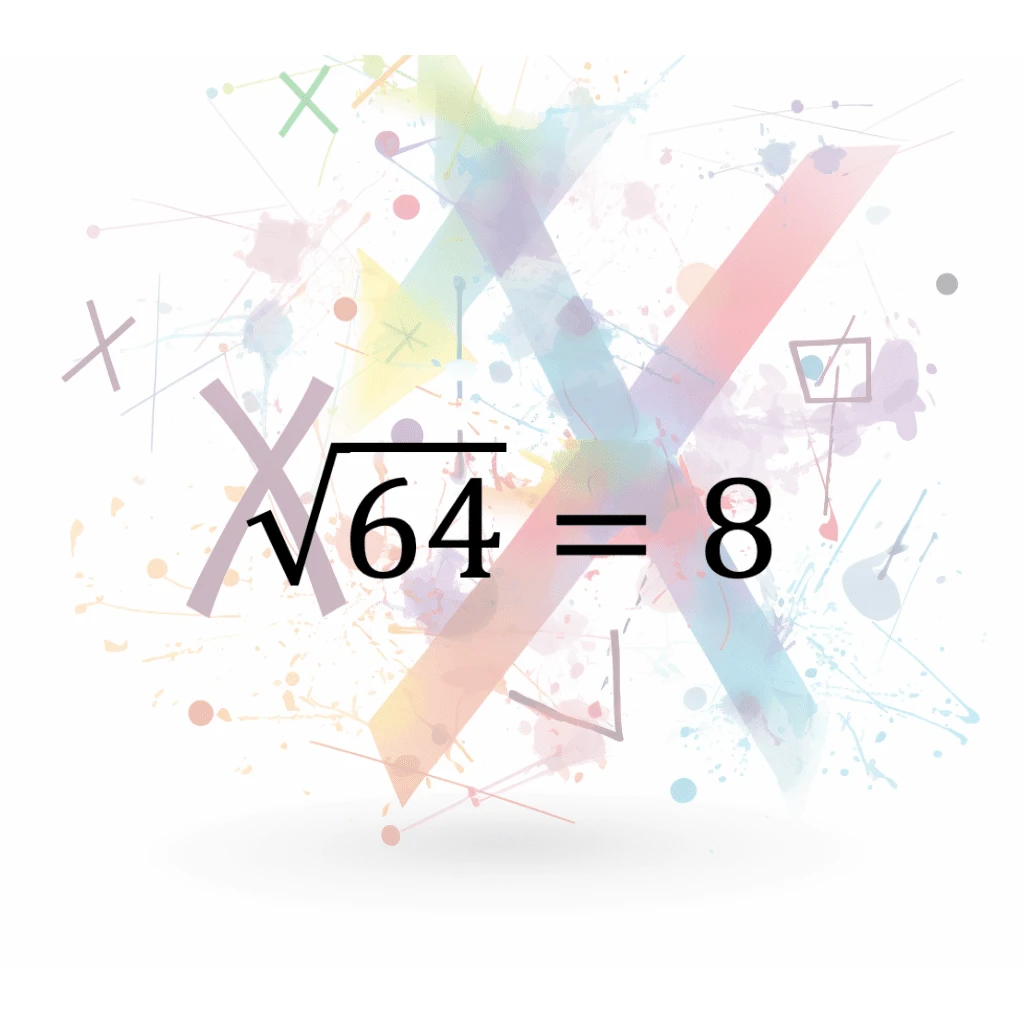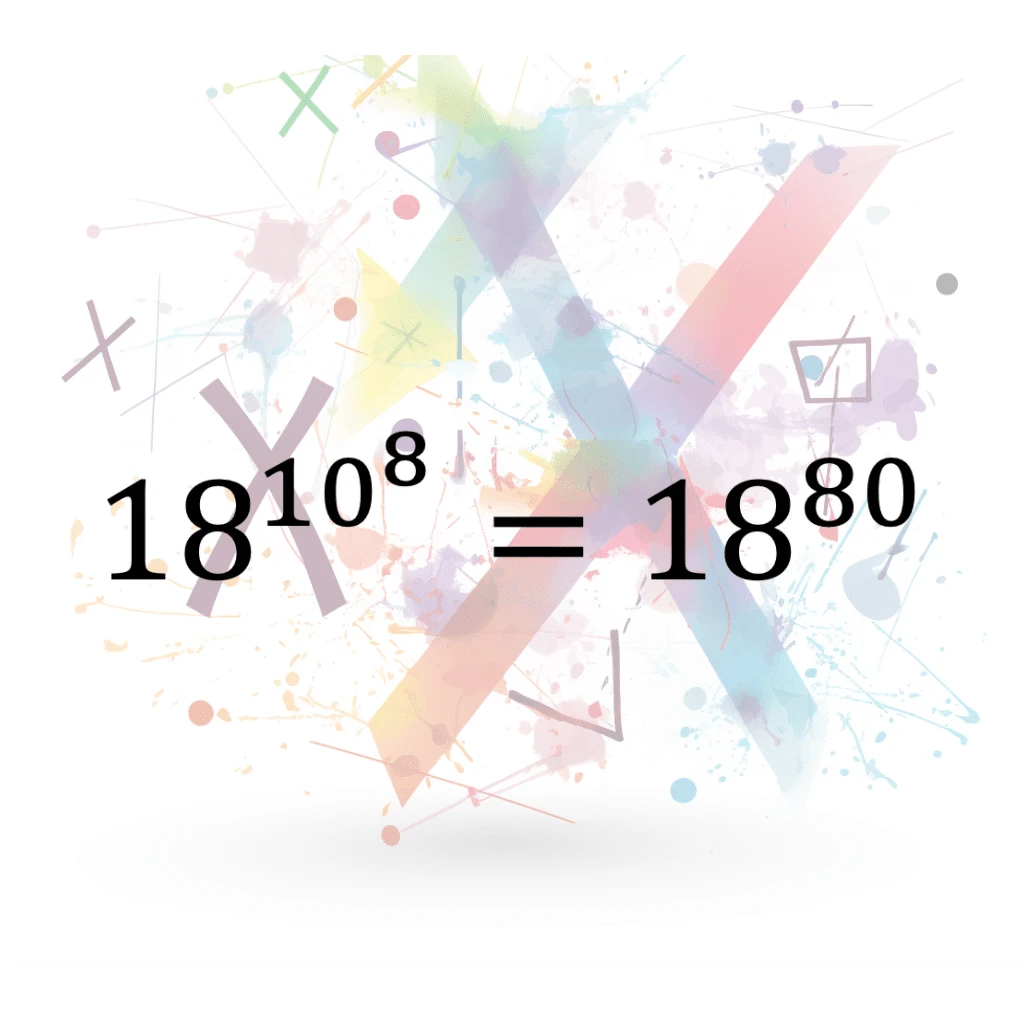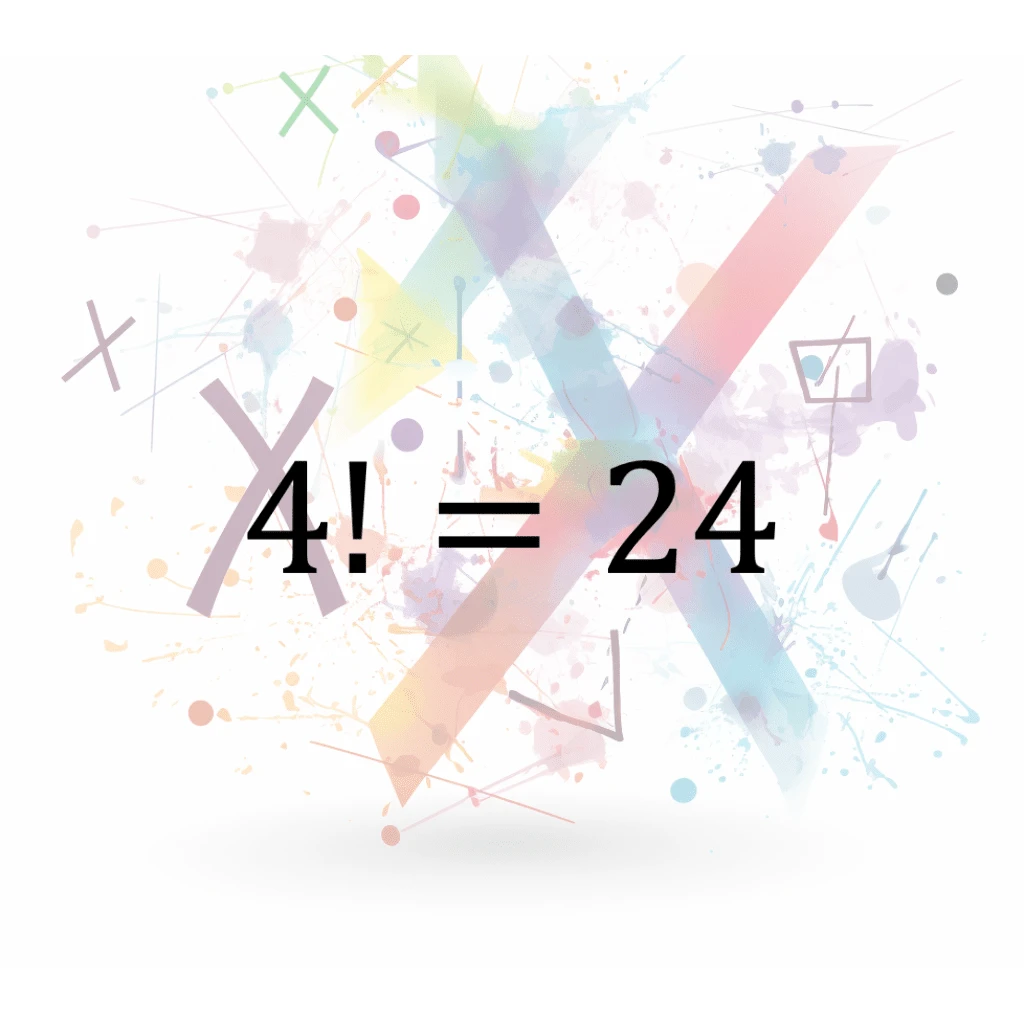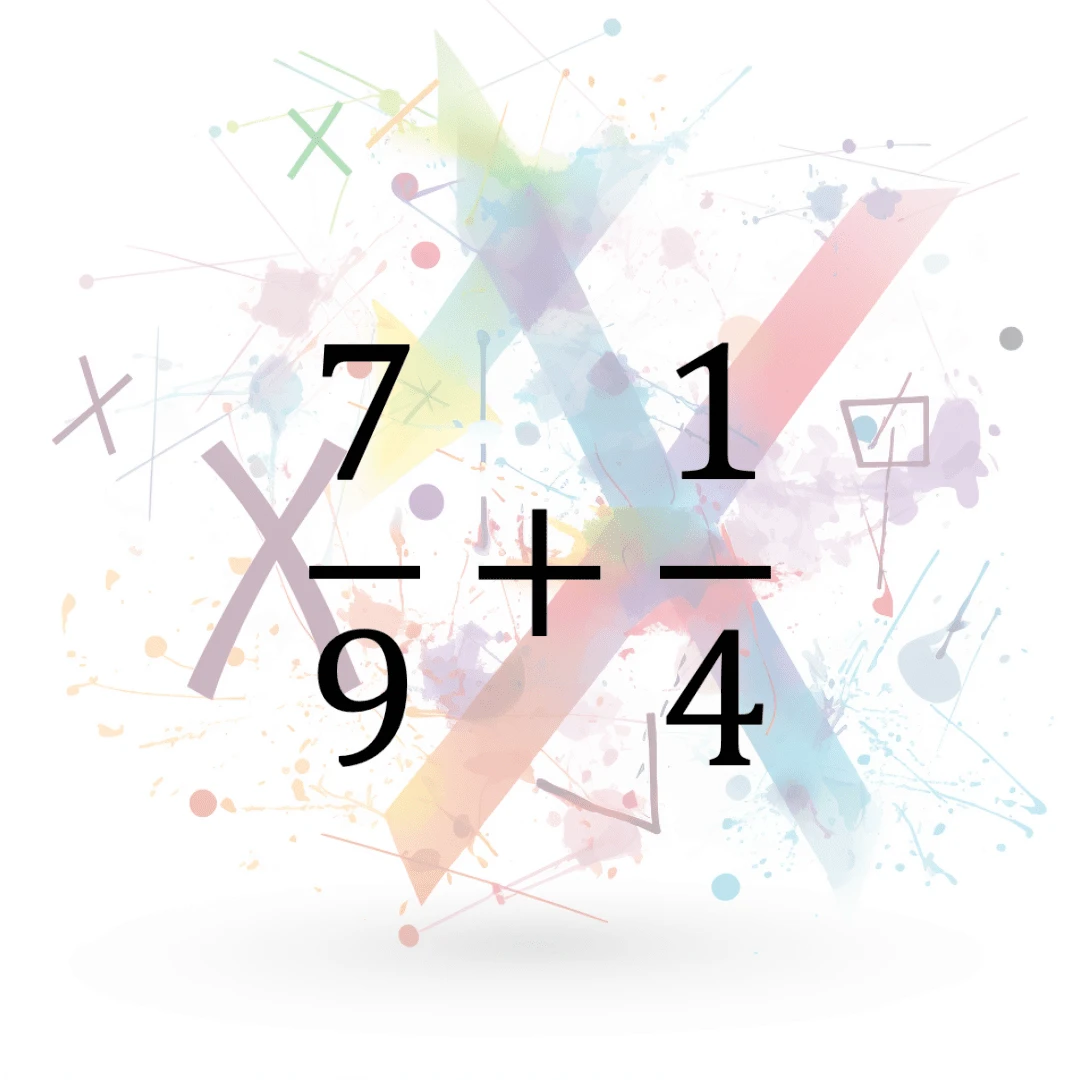Absolute Difference
The absolute difference is the positive difference between two numbers. For example, the absolute difference between 5 and 3 is 2, because the difference between them is 2 and it's positive.
Addition / InLine
Addition is when you combine two or more numbers together to get a bigger number. For example, if you add 2 and 3, you get 5.
Subtraction / In Line
Subtraction is when you take away one number from another number to get a smaller number. For example, if you subtract 2 from 5, you get 3.
Subtraction
Subtraction is when you take away one number from another number to get a smaller number. For example, if you subtract 2 from 5, you get 3.
Multiplication
Multiplication is when you add a number to itself a certain number of times. For example, if you multiply 2 by 3, you get 6, because 2 + 2 + 2 = 6.
Addition Decimal
Addition with decimals involves combining numbers that include fractional or decimal parts to find their sum.
Subtraction Decimal
Subtraction with decimals is the process of finding the difference between two numbers that have decimal points. It is used when we need to subtract quantities that include fractional or decimal part…
Multiplication Decimal
Multiplication with decimals involves multiplying two or more numbers that have decimal points. It is used when we need to find the product of quantities that include fractional or decimal parts.
Division Decimal
Division with decimals involves dividing one number by another, where one or both numbers have decimal points. It is used when we need to find the quotient or the result of dividing quantities that i…
Addition with a missing digit
Subtract the known number from both sides of the equation to find the value of the missing digit
Subtraction with a missing di…
Add the known number to both sides of the equation to find the value of the missing digit.
Multiplication / In Line
Multiplication is when you add a number to itself a certain number of times. For example, if you multiply 2 by 3, you get 6, because 2 + 2 + 2 = 6.
Multiplication with a missing…
Divide both sides of the equation by the known number to find the value of the missing digit.
Percentage
A percentage is a way of expressing a fraction or part of something as a number out of 100. For example, if you have 50 out of 100, that's the same as 50%.
Fraction To Decimal
Converting a fraction to a decimal means expressing a fraction in terms of a decimal point. For example, if you convert 1/2 to a decimal, it equals 0.5.
Compare Fractions
Comparing fractions means deciding which fraction is bigger or smaller. For example, if you compare 1/2 and 1/4, you can see that 1/2 is bigger because it represents half of something, while 1/4 repr…
Divide Fractions
Dividing fractions means splitting something into equal parts. For example, if you divide 1/4 by 1/2, you get 1/2, because half of a quarter is an eighth.
Fraction Multiplication
Multiplying fractions means making something bigger by multiplying it by a fraction. For example, if you multiply 1/2 by 2, you get 1, because 1/2 of something multiplied by 2 equals the whole thing.
Percentage Difference
The percentage difference is the difference between two numbers expressed as a percentage of the original number. For example, if the original number is 100 and the difference between that number and…
Percentage Error
The percentage error is the difference between an estimated value and the actual value expressed as a percentage of the actual value. For example, if you estimate the weight of an object to be 10 pou…
Is Composite
A composite number is a number that has more than two factors. For example, 10 is a composite number because it has factors of 1, 2, 5, and 10.
Square Root
The square root is the number that you multiply by itself to get another number. For example, the square root of 16 is 4, because 4 multiplied by itself equals 16.
Exponentiation
Exponentiation is when you raise a number to a certain power. For example, if you have 2 to the power of 3, that means you multiply 2 by itself three times, which equals 8.
Power Of Powers
Power of powers is when you raise a number to a power and then raise the result to another power. For example, if you have 2 to the power of 3, and then raise that result to the power of 2, you get 6…
Fraction Addition
Adding fractions means combining parts to form a whole or a bigger fraction. For example, if you add 1/4 to 1/4, you get 2/4 , which is half of something. It means you've combined two parts (quarters…
© 2023 AI MATH COACH

